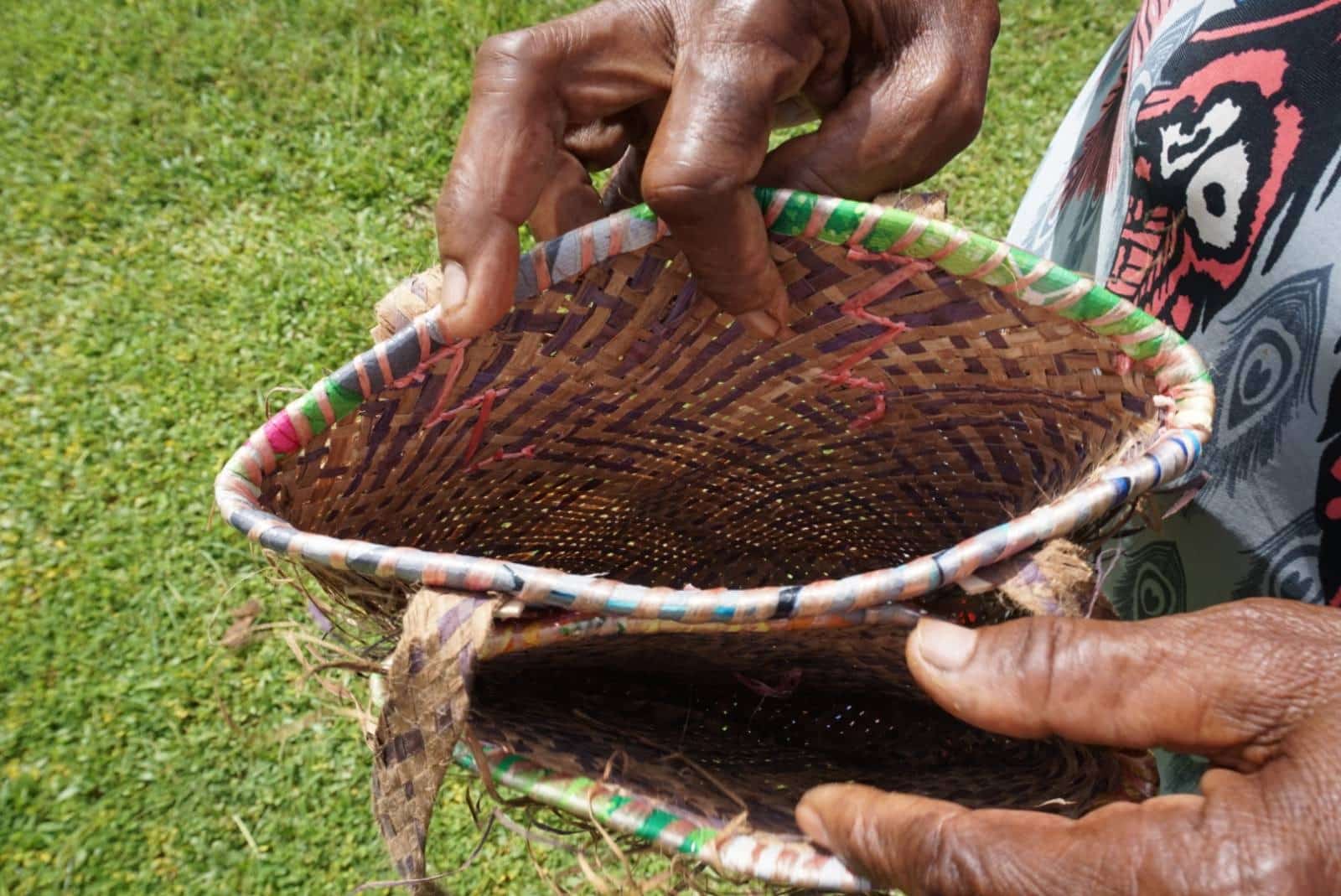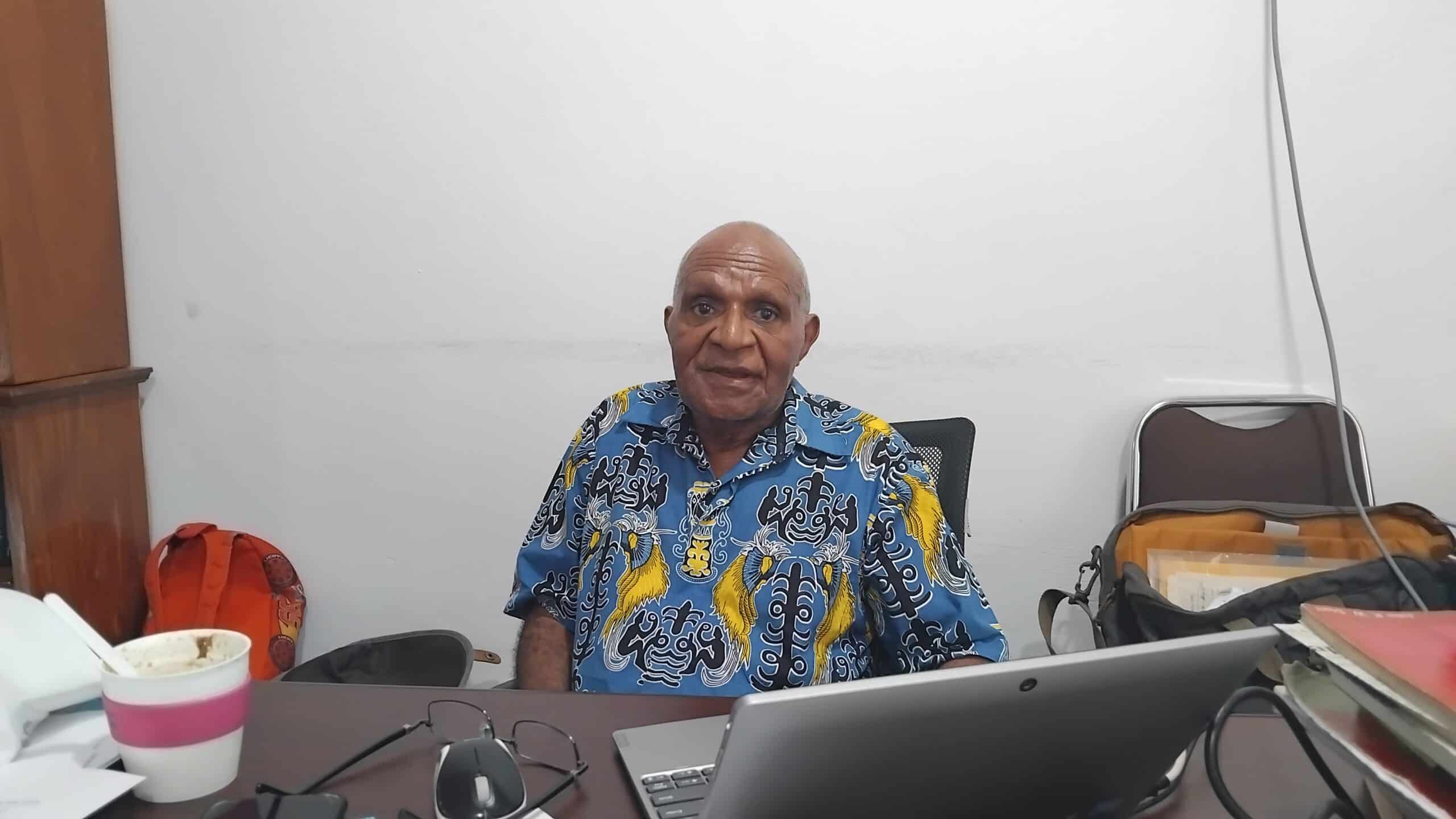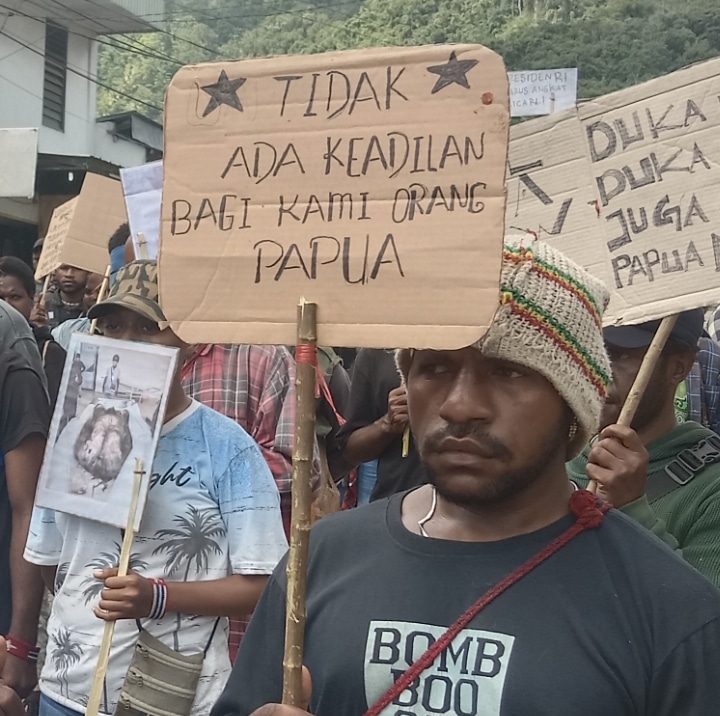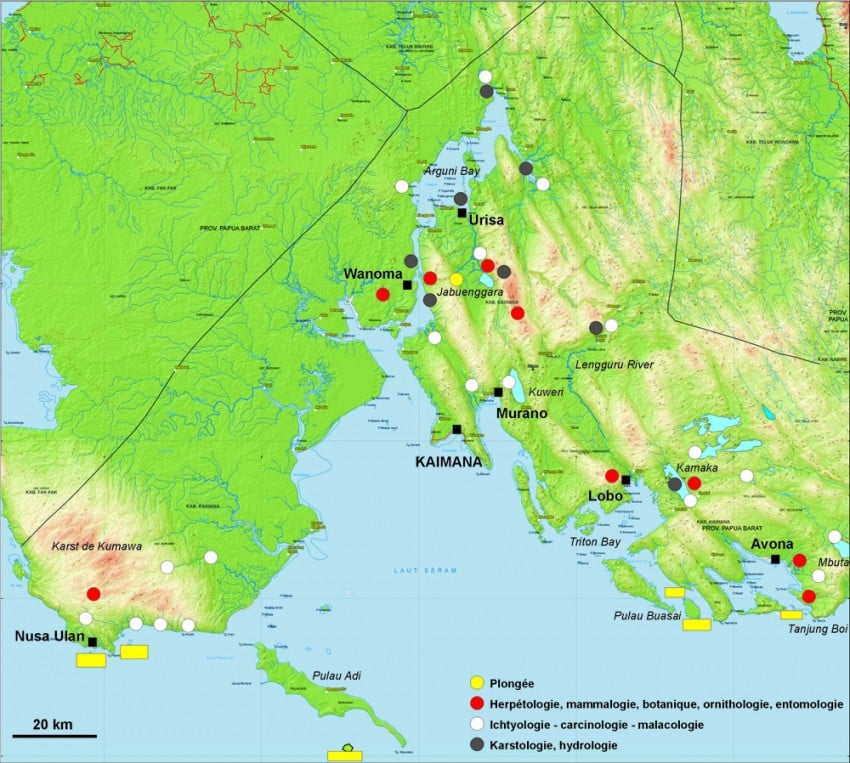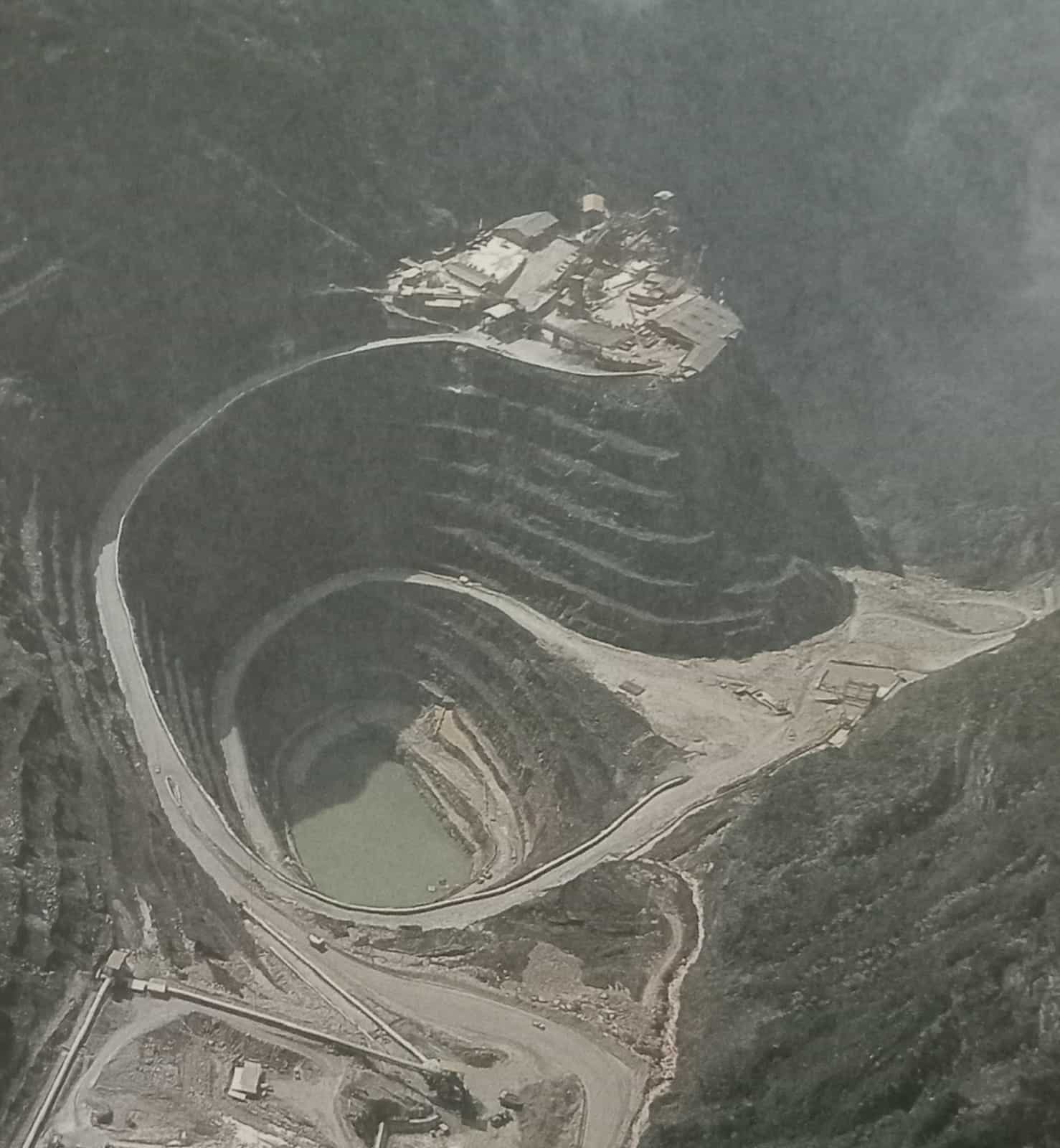Jayapura, Jubi – Making mats and noken (woven bags) is a tradition of women in Saukobye Village and Warbon Village in North Biak District, Biak Numfor Regency.

The indigenous forest of Warbon stored all kinds of natural wealth, from herbal medicines to materials for making mats and noken, or “inoken” (small noken).
The Warbon indigenous forest belonging to the Keret (tribal chief) of Ambrauw and Rumanderi in Saukobye and Warbon villages is only 36 kilometers north of Biak City. However, within the indigenous forest lies four stakes for an area of 100 hectares which is claimed to belong to the National Aeronautics and Space Agency under the National Agency for Research and Innovation (LAPAN/BRIN), and is said to be the future location of their spaceport.
Now there are only two stakes remaining because the other two, located near the beach, have been lost by the waves due to abrasion.
Even though LAPAN has marked the land with stakes, residents keep their activities on that land. The earthquake and tsunami in 1996 prompted residents who previously lived on the coast to move to Saukobye and Warbon villages.
“We used to go to the gardens and the beach through a shortcut in the Warbon indigenous forest,” tribal chief Marthen Abrauw told JUBI last week.
Marthen said the first Abrauw Keret was the first person who cleared the land in Warbon. No wonder he was called “Mananwir Mnu” (tribal chief), became a landlord and followed by other clans.
Marthen told that back in the day, Kerets with an expertise to make machetes or carve boats were called Sukan Wai, while a blacksmith called Sinan Kamasan. Today there is no more Sinan Kamasan in the village but one Sukan Wai remains, the name is Yoel kapitarauw.
The Warbon indigenous forest stores various types of rattan, the thick, long, and small ones.
“While apor ropes are found along the Warbon beach, they are usually used to make baskets for fish and shellfish hunting,” he said.
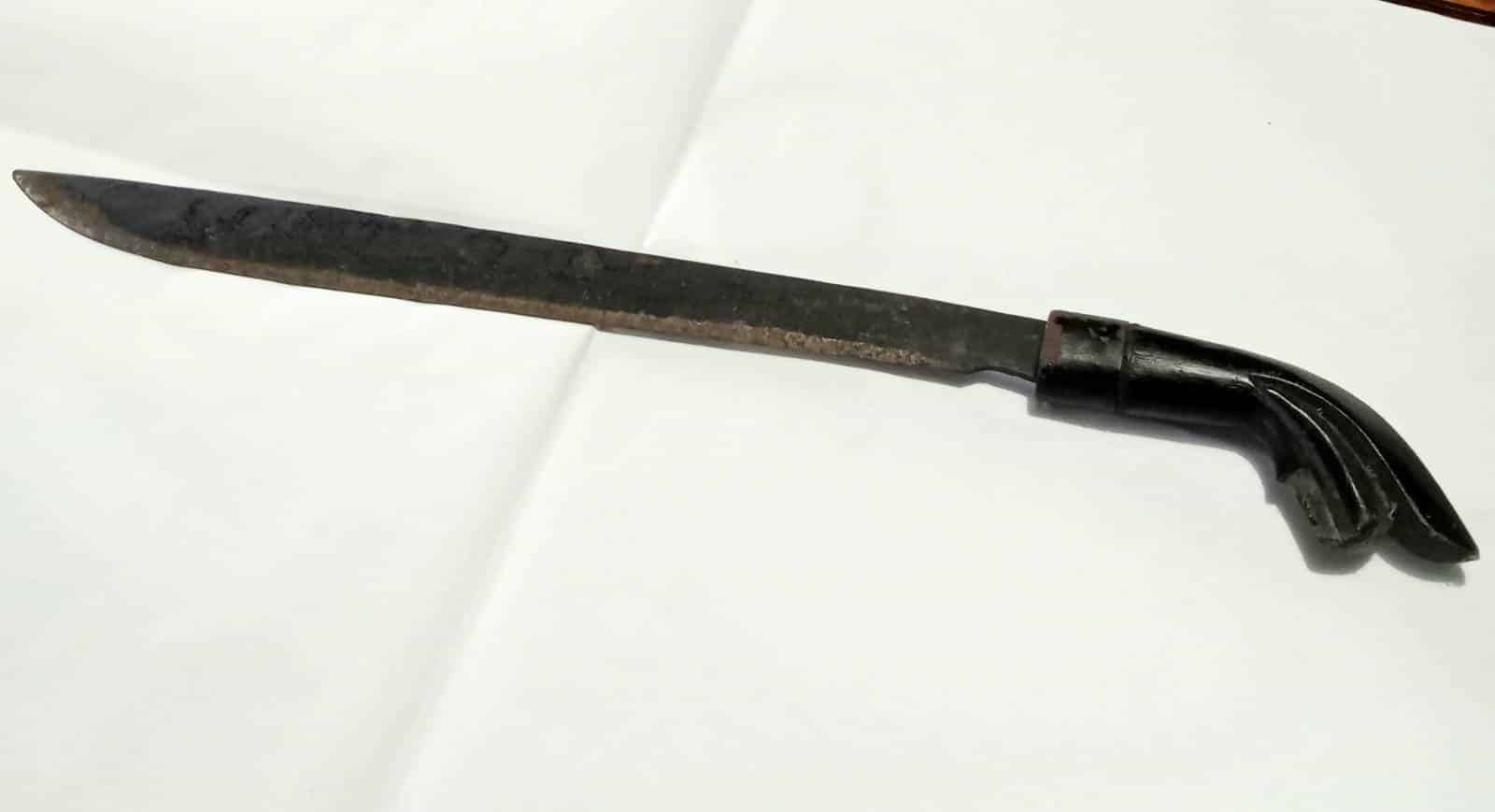
The women in the two villages still maintain the tradition of weaving noken and mats, even though the transfer of knowledge from the older women to the younger generation is decreasing these days.
They make noken from bark and tikar yara rattan, as well as insrom ram made from tikar leaves. Warper or rattan skin is also used as material for making “noken inawen”, a kind of basket. Noken inawen is commonly used to bring fish and shellfish from the beach.
“Noken from the warmas mandwam bark is used for wor dance or the yospan dance. Meanwhile, the aram for noken is made of taro bark, and mats are made of forest pandan leaves,” 54-year-old Mama Beksina Rumbrapuk Abrauw told JUBI.
Biodiversity is under-researched
The Biak Numfor Regency has 226,125.74 hectares of forest. The forest area consists of 121,113.37 ha of protected forest, 10,136.48 ha of nature reserve forest, and the rest is production forest.
Based on data from the Biak Numfor Forestry and Plantation Agency, the protected forest in Andey District is 22,121.1 ha, limited production forest is in Oridek District with an area of 11,886.6 ha, while nature reserve forest is in Bondifuar District with an area of 4,674.4 ha.
Some of the forests in the Warbon Village is categorized as protected forest but most of it is categorized as APL (Other Use Area). APL is an area outside the state forest designated for activities outside the forestry. Forests in APL function as the closest environmental buffer for the community and can be used as their economic source.
Researcher from the Cenderawasih University’s Faculty of Mathematics and Natural Sciences (MIPA) Dr. Liez Zebua is worried about changes in the landscape, especially in forest areas, due to construction, settlements, and trans roads.
“Urban development is faster than research to document biodiversity in Papua’s forests, especially for medicine, wood for construction, and local fruits that can be beneficial for health,” she said on March 18, 2022.
She said that on Biak Island, only samparek leaves were being studied. Samparek leaves (Glocidion sp) are effective in curing malaria.

According to Liez Zebua, the potential for medicinal plants from Papua is enormous. However, the obstacle faced in today’s research on Papua’s medicinal plants is that there are no more young people who know about traditional medicinal plants from their tribe.
“Especially if they already live in urban areas, they don’t even know the local names for medicinal plants from their tribe,” Zebua said.
Generally, knowledge about Papuan medicinal plants can only be obtained from parents who are over 60 years old.
“The relay of knowledge on Papuan medicinal plants from parents to the younger generation is rare, if not non-existent,” said Zebua.
Mama Beksina who is the wife of Warbon mananwir Marthen Abrauw admitted that traditional medicine from plants in the forest was rarely used nowadays. Sometimes they use it as an alternative when treatment at the community health center (Puskesmas) is not effective.
Marthen Abrauw said that the medicinal plants found the most in the Warbon forest were samparek leaves and kandarek leaves. While arisram or suji leaves are used as cooking spices when cooking by means of burning stones or barapen.
Marthen Abrauw and other residents are now very worried that the plan to launch a spaceport on the Warbon land by LAPAN/BRIN will become a threat to biodiversity, especially for traditional medicines, wood for boats, rattan, and tikar leaves that have been used since the time of their ancestors. (*)



